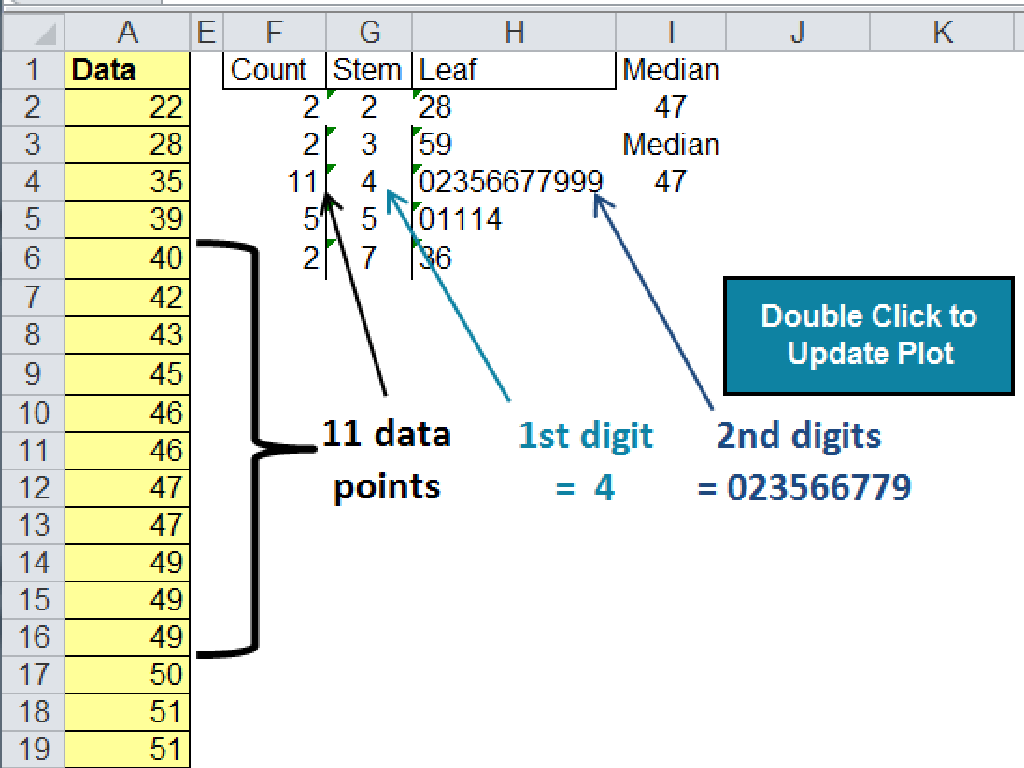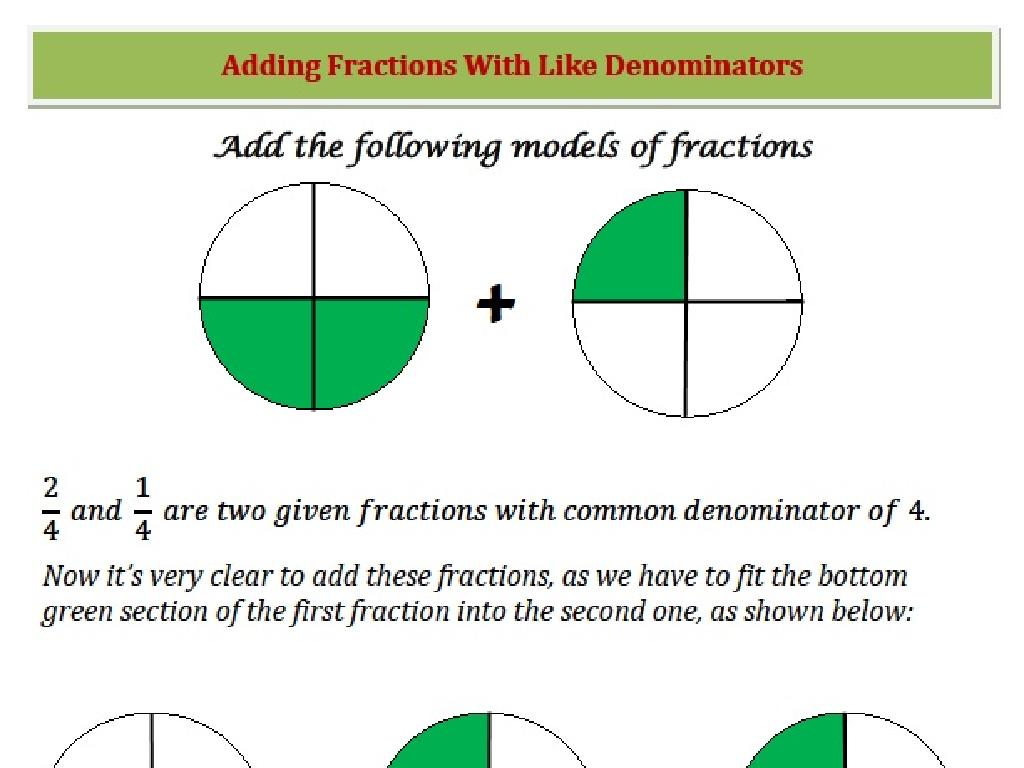Parallel, Perpendicular, And Intersecting Lines
Subject: Math
Grade: Third grade
Topic: Lines And Angles
Please LOG IN to download the presentation. Access is available to registered users only.
View More Content
Today’s Adventure: Exploring Lines and Angles!
– What are lines and angles?
– Lines are straight and have no end, angles are where two lines meet.
– Types: Parallel, Perpendicular, Intersecting
– Parallel lines never meet, perpendicular lines form a right angle, intersecting lines cross each other.
– Lines and angles in everyday life
– Roads, buildings, and books all have lines and angles!
– The role of lines and angles in shapes
– Understanding lines and angles helps us recognize and draw shapes.
|
Begin the lesson by introducing the concept of lines as endless straight paths and angles as the space where two lines meet. Explain the different types of lines: parallel, perpendicular, and intersecting, using real-world examples like railroad tracks for parallel lines, the letter ‘T’ for perpendicular, and street crossings for intersecting lines. Highlight the importance of lines and angles in the world around us, such as in architecture, road design, and even in the pages of the book they are reading. Emphasize how recognizing these elements helps us understand and create various shapes, which is a fundamental skill in geometry. Encourage students to observe and identify lines and angles in the classroom or at home as a practical exercise.
Exploring Parallel Lines
– Understanding ‘parallel’
– Parallel lines are always the same distance apart.
– Parallel lines never meet
– No matter how far they extend, they won’t cross each other.
– Real-life parallel examples
– Railroad tracks and notebook lines are parallel.
– Drawing parallel lines
– Use a ruler to draw lines that don’t touch.
|
This slide introduces the concept of parallel lines to third-grade students. Begin by explaining the term ‘parallel’ as lines that run alongside each other at the same distance apart. Emphasize that parallel lines will never intersect, no matter how long they are extended. Provide relatable examples such as railroad tracks or lines in their notebooks to help them identify parallel lines in the world around them. Finally, engage the students in a hands-on activity where they use rulers to draw parallel lines, reinforcing the concept that these lines will never meet.
Identifying Parallel Lines
– Find parallel lines around us
– Look at books, doors, and windows
– Activity: Draw parallel lines
– Use rulers to draw lines that never meet
– Parallel lines in shapes
– Squares and rectangles have 4 parallel sides
– Recognizing patterns with lines
|
This slide introduces students to the concept of parallel lines. Start by exploring the classroom and identifying objects that have parallel lines, such as books, doors, and windows. This real-world connection helps students understand the concept. Move on to a hands-on activity where students use rulers to draw parallel lines, ensuring they understand that parallel lines run alongside each other at a consistent distance and never intersect. Highlight that familiar shapes like squares and rectangles are made up of parallel lines. Encourage students to recognize patterns and use the correct terminology. For the activity, provide clear instructions on using the ruler and drawing straight lines. Offer several examples of parallel lines in different orientations to solidify understanding.
Exploring Perpendicular Lines
– Perpendicular lines form a ‘perfect’ cross
– They meet at a right angle (90°)
– Like the corners of a square
– Perpendicular lines in shapes
– Examples: Edges of a book, a crosswalk
– Finding perpendicular lines around us
– Look for ‘T’ or ‘L’ shapes in the classroom
|
This slide introduces the concept of perpendicular lines to third-grade students. Perpendicular lines are explained as lines that intersect to form a ‘perfect’ cross, which means they meet at exactly a right angle, or 90 degrees. Use everyday examples to illustrate perpendicular lines, such as the edges of a book or a crosswalk, which will help students recognize these lines in shapes and their environment. Encourage students to find and draw perpendicular lines in different shapes, like rectangles and squares, and to look for these lines in the classroom or at home. This will help them understand the concept in a practical and engaging way.
Exploring Perpendicular Lines
– Activity: Make perpendicular lines
– Find perpendicular lines around
– Look for ‘L’ shaped corners in the room
– ‘T’ and ‘L’ have perpendicular lines
– See how ‘T’ and ‘L’ intersect at a right angle?
– Understanding perpendicularity
– Perpendicular lines form a 90-degree angle
|
This slide introduces students to the concept of perpendicular lines through hands-on activity and observation. The activity involves using pencils to create perpendicular lines, which helps students understand the concept in a tactile way. Encourage students to find examples of perpendicular lines in the classroom, such as the corners of tables or where walls meet the floor, to reinforce the idea that these lines are everywhere in our environment. Highlight the perpendicular lines in the letters ‘T’ and ‘L’ as everyday examples they’re familiar with. Explain that perpendicular lines intersect at a right angle, which is 90 degrees. For the activity, provide each student with two pencils and guide them to form a ‘T’ or ‘L’ shape. Have them use a right angle finder or a square to check if they’ve correctly made perpendicular lines. Offer additional activities such as drawing perpendicular lines using rulers, finding objects in the classroom that meet at right angles, or using building blocks to create perpendicular structures.
Exploring Intersecting Lines
– Intersecting lines cross each other
– Not all are perpendicular
– Perpendicular lines form a perfect ‘L’ shape
– Intersecting lines in daily life
– Roads, scissors, letter ‘X’
– Recognizing intersecting lines
– Find examples in the classroom or at home
|
This slide introduces the concept of intersecting lines to third-grade students. Begin by explaining that intersecting lines are lines that meet or cross each other at some point. It’s crucial to clarify that while all perpendicular lines intersect, not all intersecting lines are perpendicular perpendicular lines intersect at a 90-degree angle, forming an ‘L’ shape. Engage students by discussing where they might see intersecting lines in their daily lives, such as roads crossing or the blades of a pair of scissors. Encourage them to look around their environment, both in the classroom and at home, to find real-world examples of intersecting lines. This will help them understand the concept and recognize these lines in various contexts.
Exploring Intersecting Lines
– Draw intersecting lines
– Use a ruler to draw two lines that cross but aren’t in an ‘L’ shape
– Notice lines at various angles
– Find intersecting lines in shapes
– Look at stars and snowflakes for ‘X’ shapes where lines cross
– Intersecting lines in nature
– See how lines cross in different ways, not just straight up and down or side to side
|
This slide introduces students to the concept of intersecting lines through a hands-on drawing activity. Encourage students to use a ruler to draw two lines on a piece of paper that cross each other but are not forming a right angle, to understand that intersecting lines are not limited to perpendicular lines. Have them identify various angles formed by intersecting lines in everyday objects and in nature, such as the points of stars or the arms of snowflakes. This will help them recognize that intersecting lines can be found in many different forms and angles. Provide guidance on how to observe and draw these lines, and prepare to discuss their observations in the next class.
Class Activity: Line Detectives
– Become a Line Detective
– Find and classify lines in class
– Look for lines on the floor, walls, or desks
– Mark lines with colored tapes
– Use different colors for each type of line
– Share your line discoveries
– Explain where you found them and what type they are
|
In this engaging activity, students will explore the classroom to find examples of parallel, perpendicular, and intersecting lines. Provide them with colored tapes: one color for parallel lines, another for perpendicular, and a third for intersecting lines. Encourage them to look at bookshelves, door frames, tiled floors, and windows. After marking the lines, each student will share their findings, describing where they found the lines and their classification. This hands-on activity will help solidify their understanding of the concepts. Possible variations include working in teams, drawing their findings, or even extending the search to the school hallways or playground.
Lines and Angles: Wrapping Up!
– Recap of line types
– We learned about parallel, perpendicular, and intersecting lines.
– Importance of line concepts
– These lines help us understand shapes, maps, and even in building things!
– Looking forward to more Math
– Review and questions
– Let’s answer any questions and do a fun review game!
|
As we conclude today’s lesson, we’ll review the types of lines: parallel lines that never meet, perpendicular lines that form right angles, and intersecting lines that cross each other. Understanding these concepts is crucial as they form the basis for geometry, which is applicable in everyday life from architecture to navigation. Next class, we’ll embark on another exciting journey through Math Land, exploring new concepts and building on what we’ve learned. Encourage students to ask questions and engage in a review activity to reinforce their understanding. Prepare a simple game like ‘Line Bingo’ where students identify types of lines on a bingo card to make learning fun and memorable.





